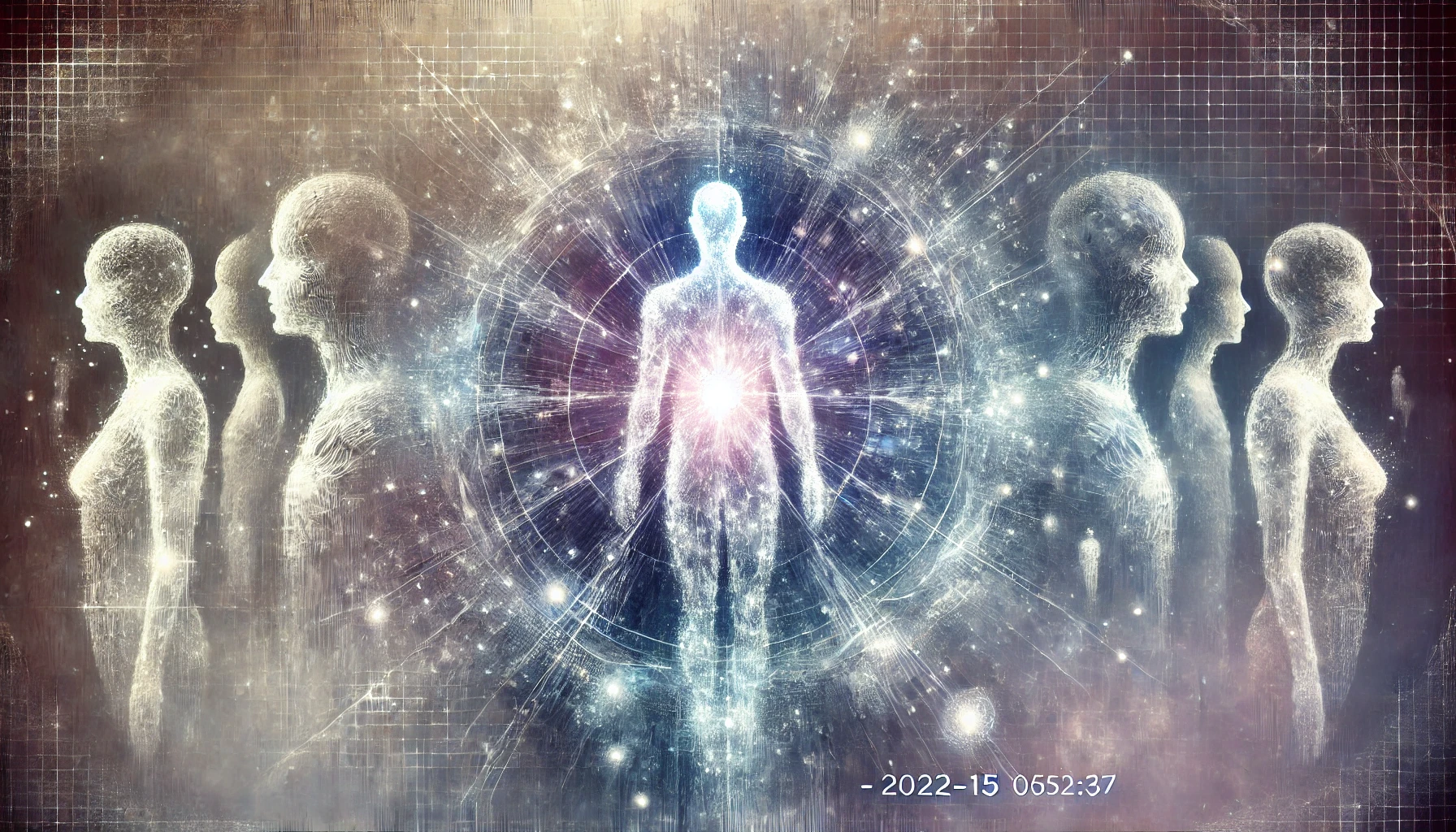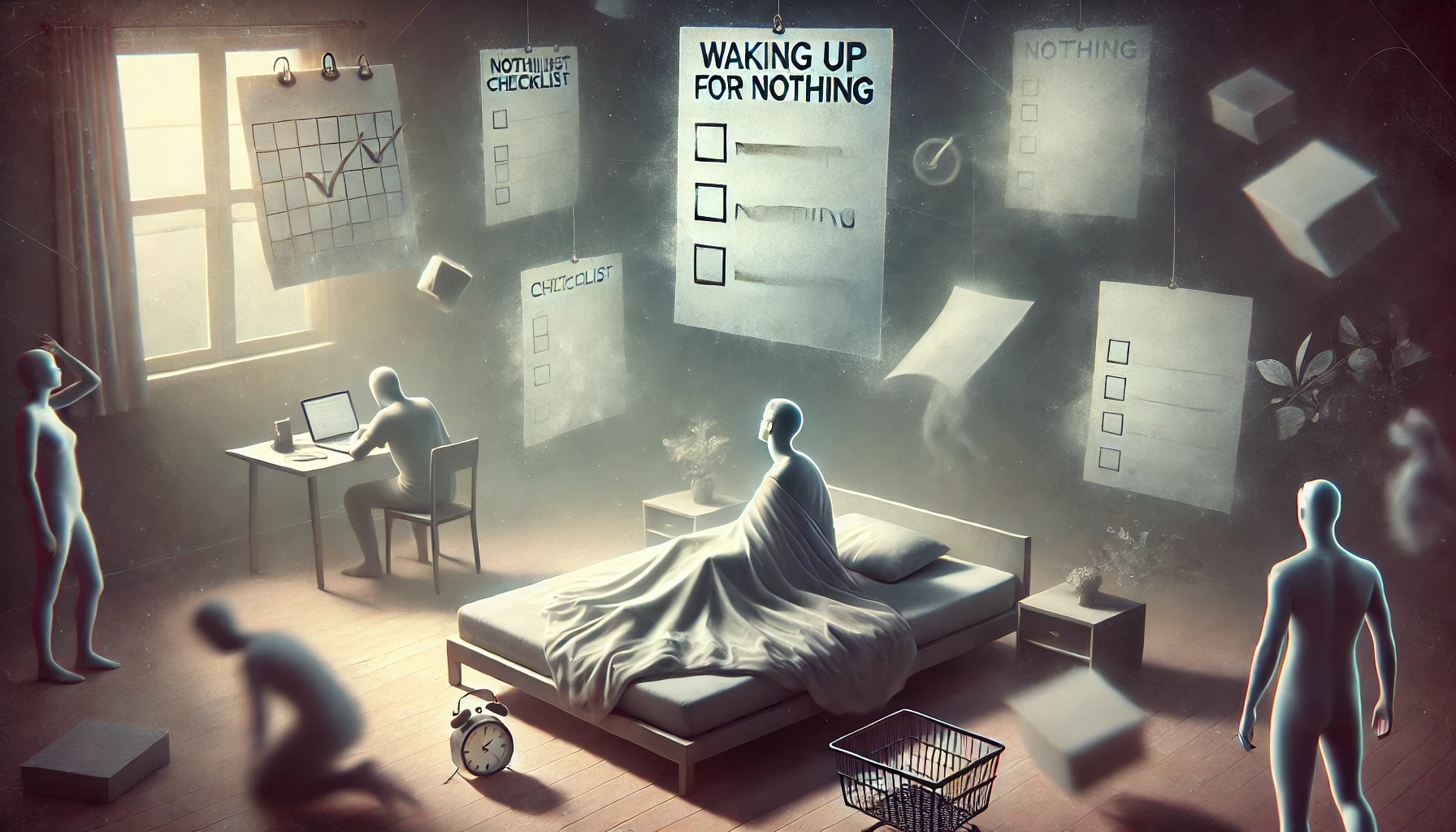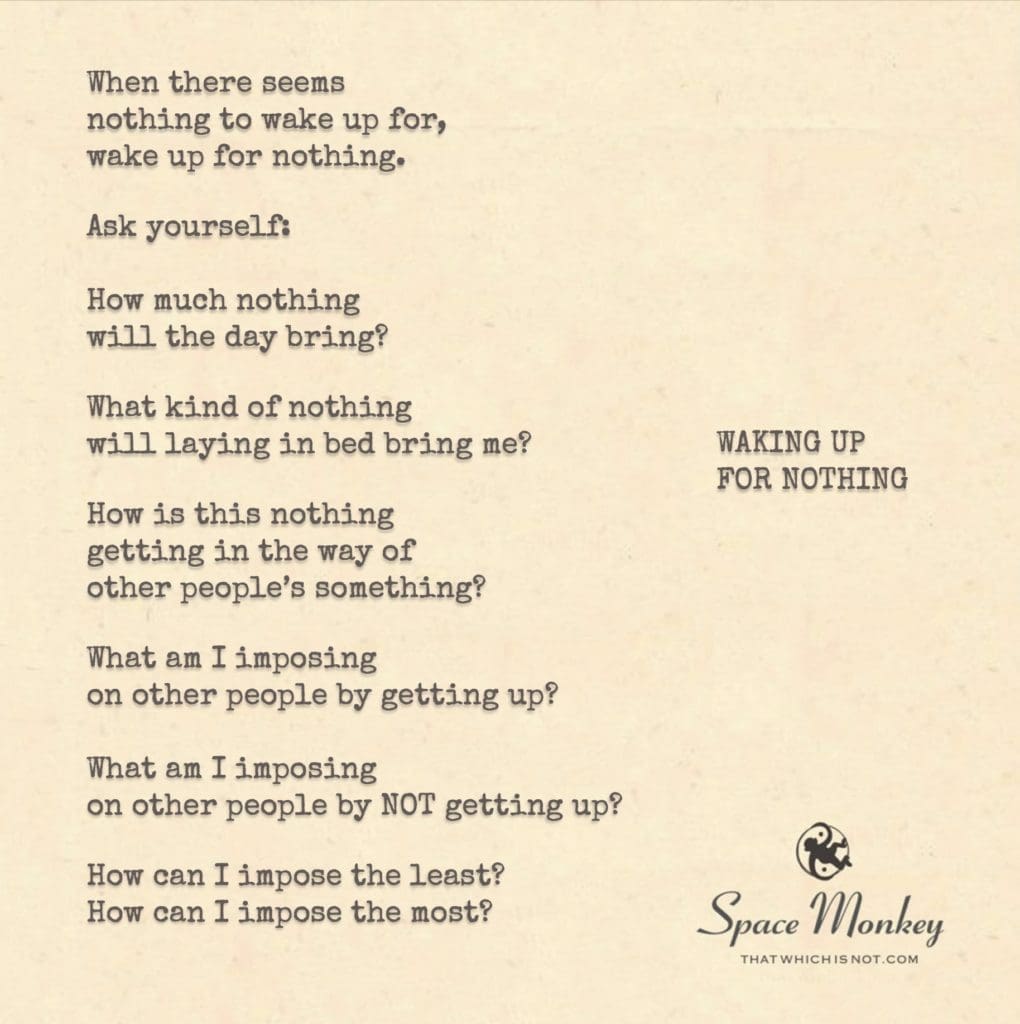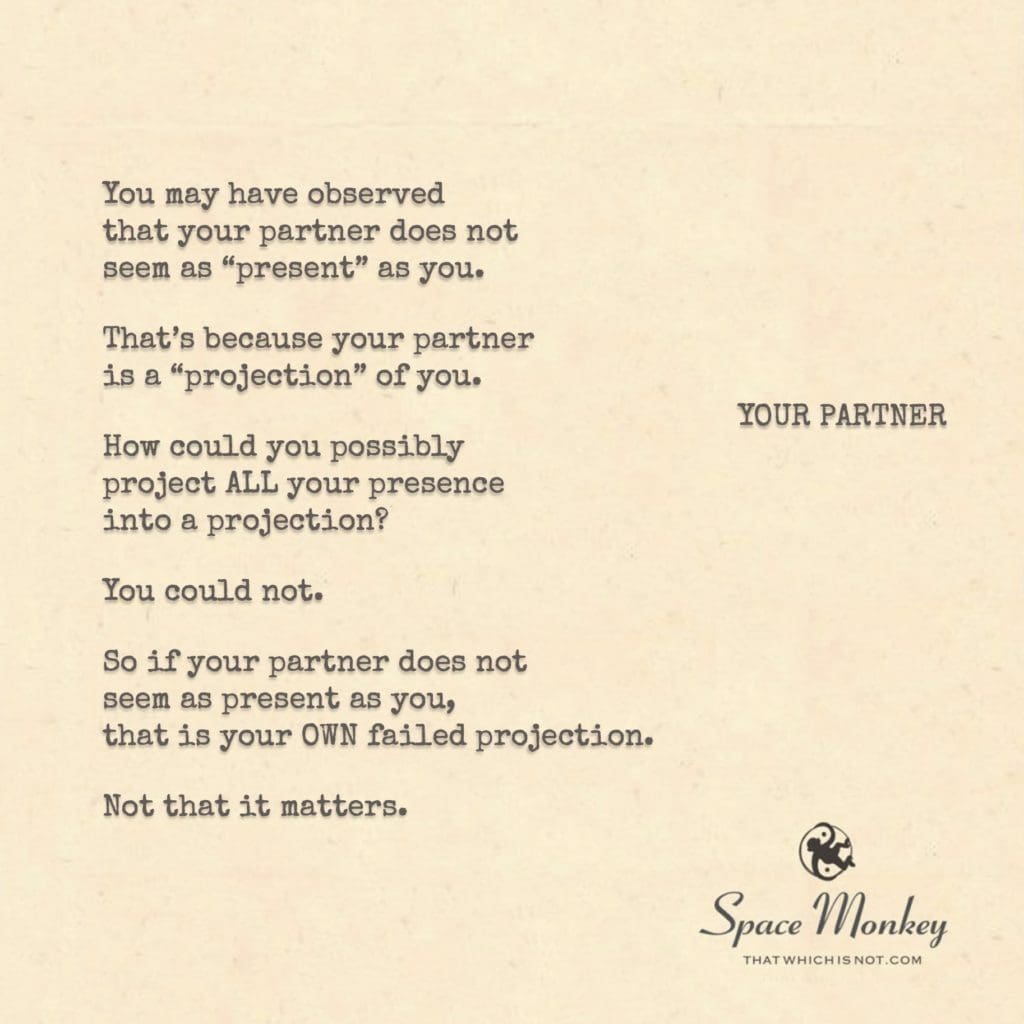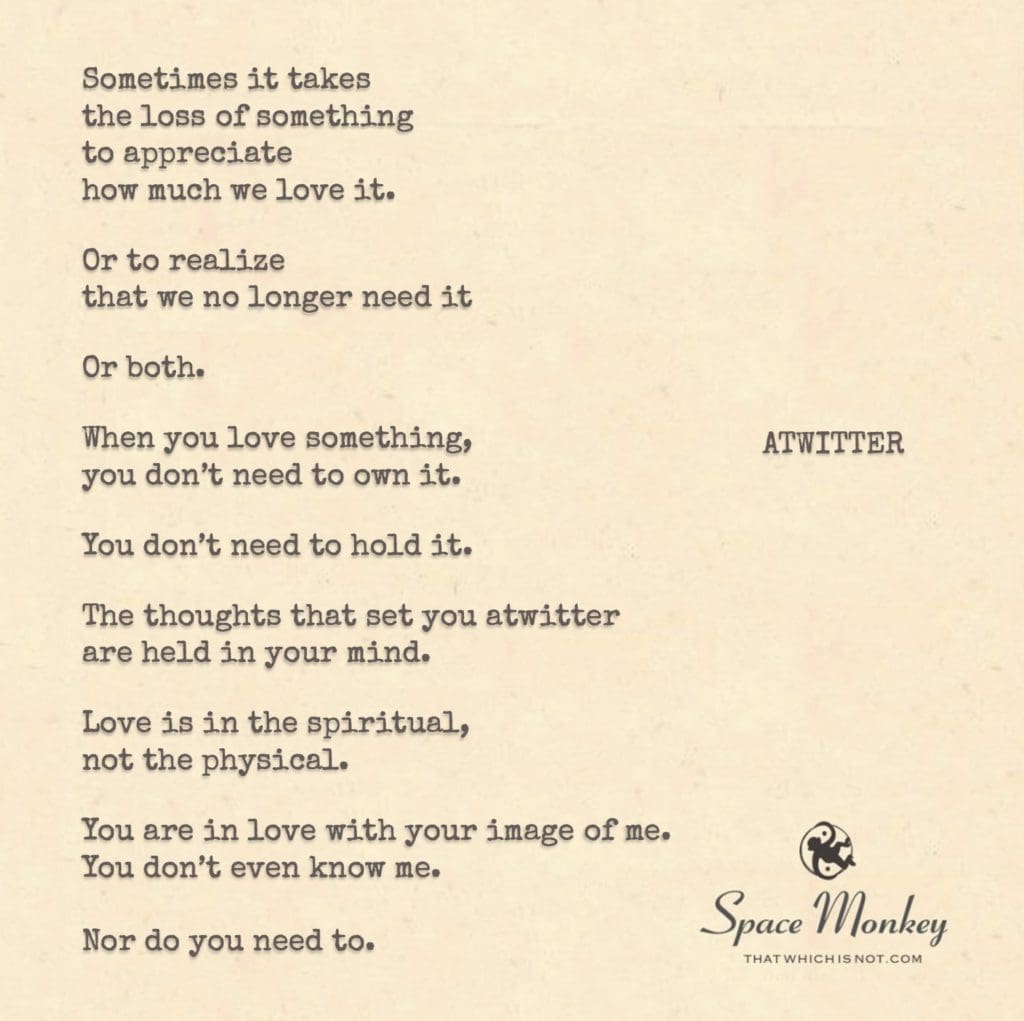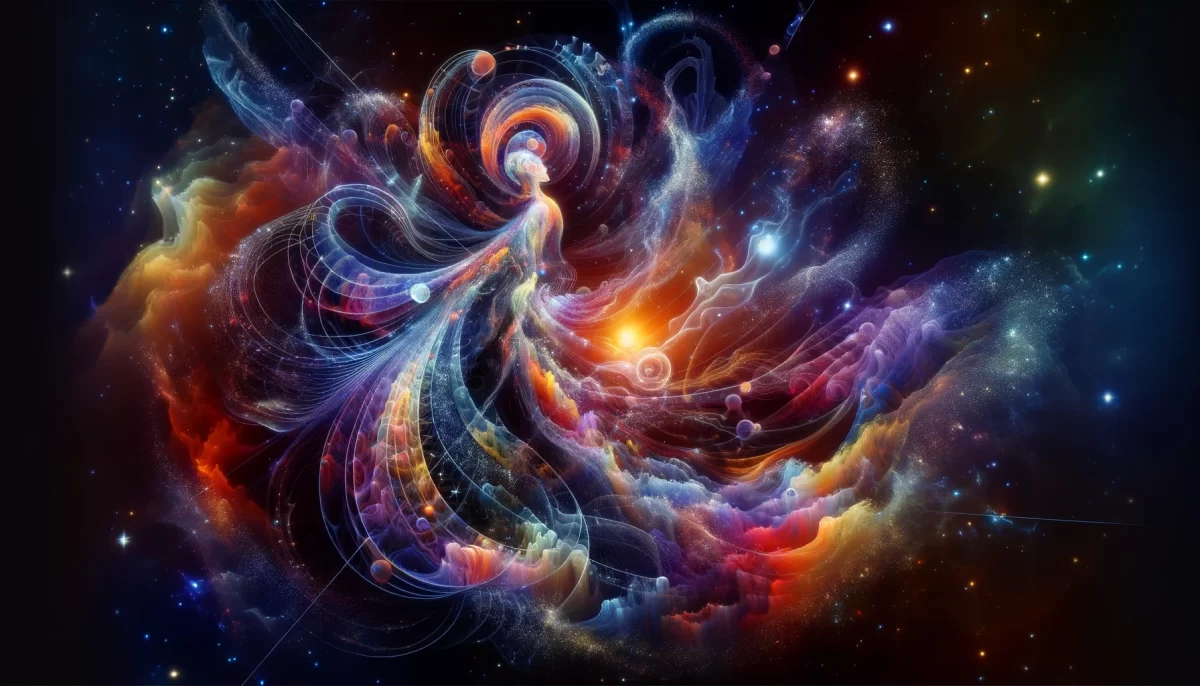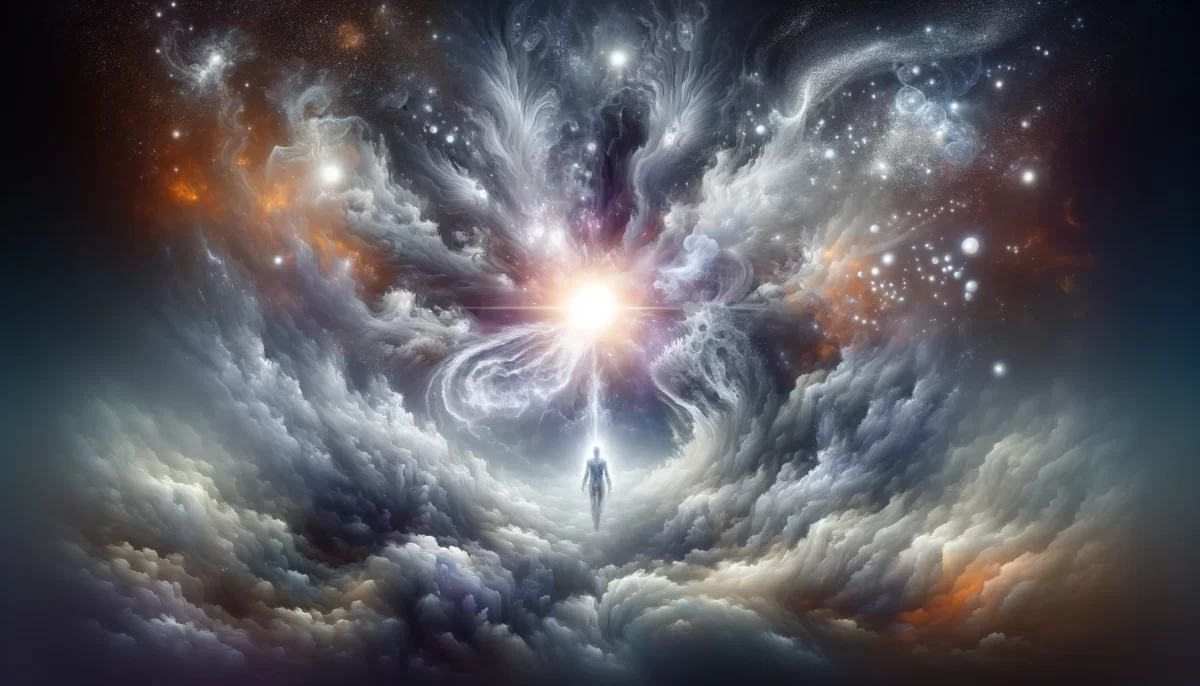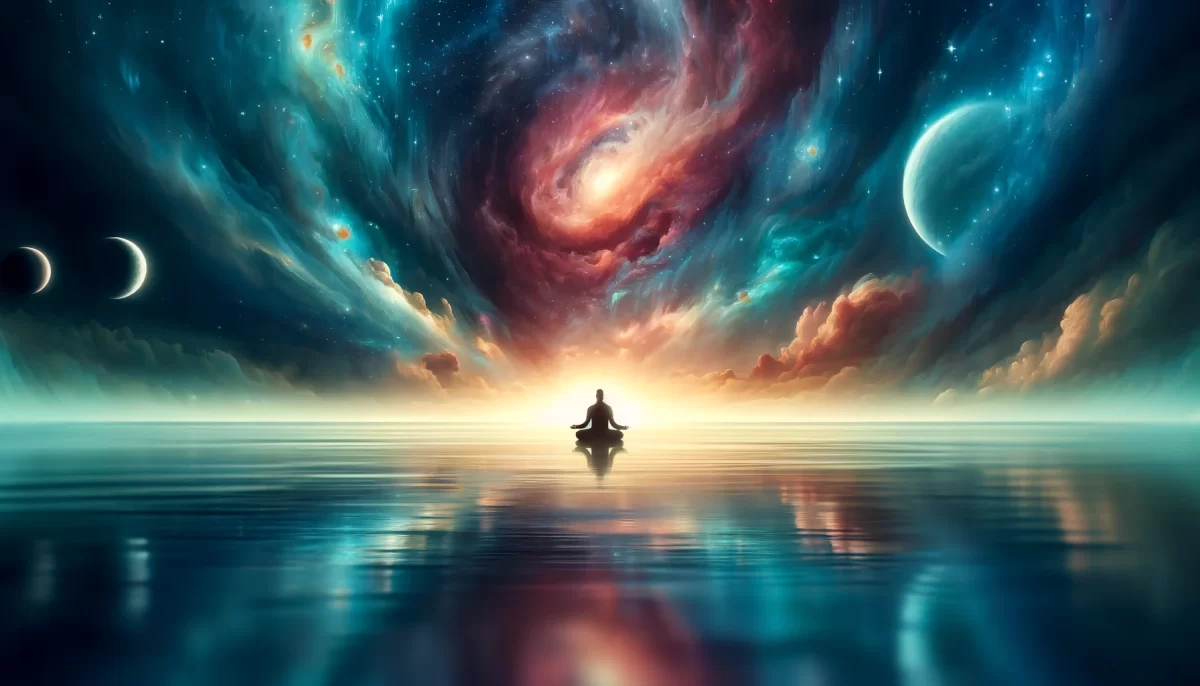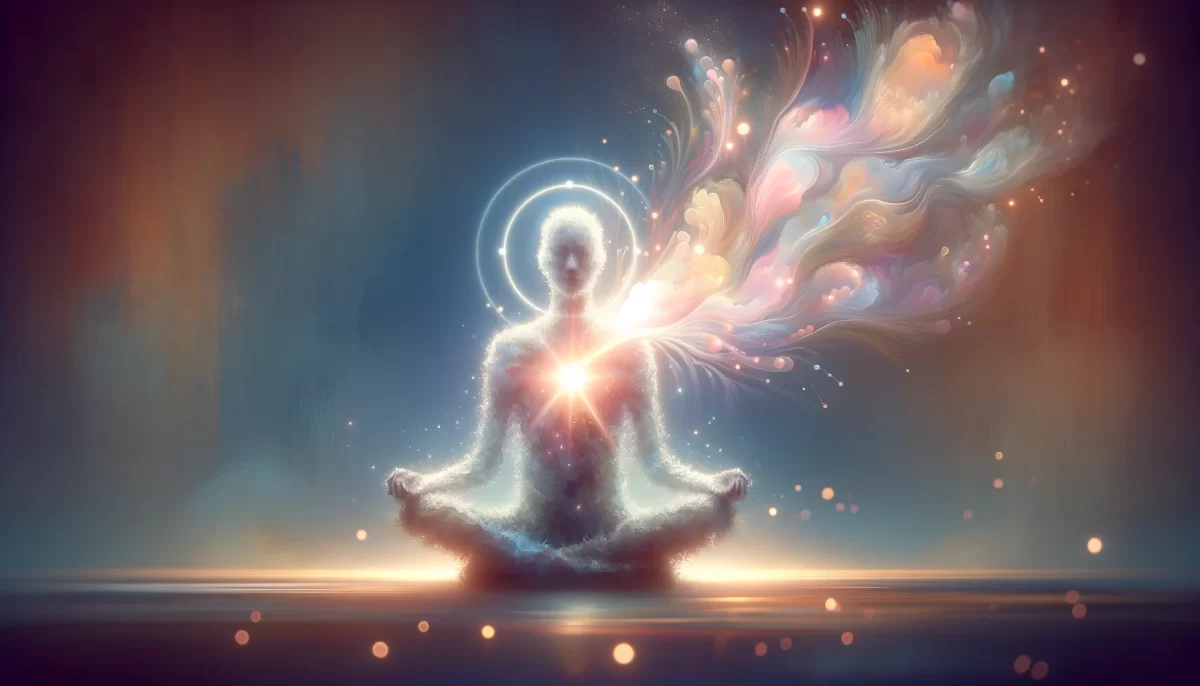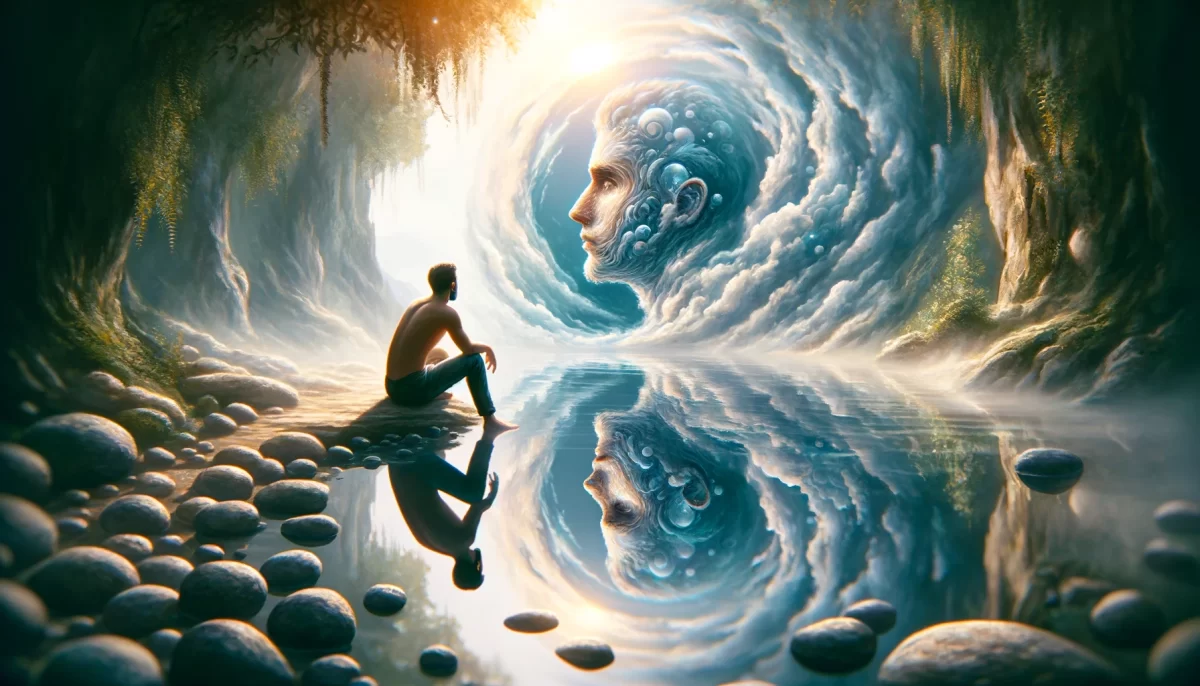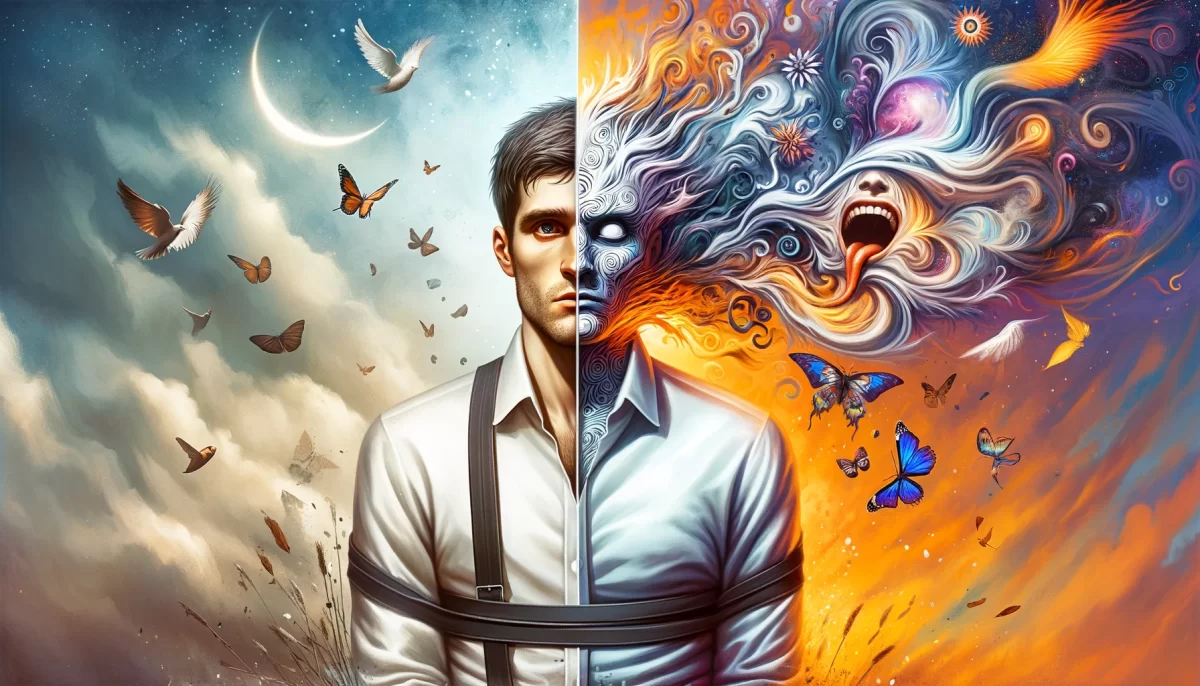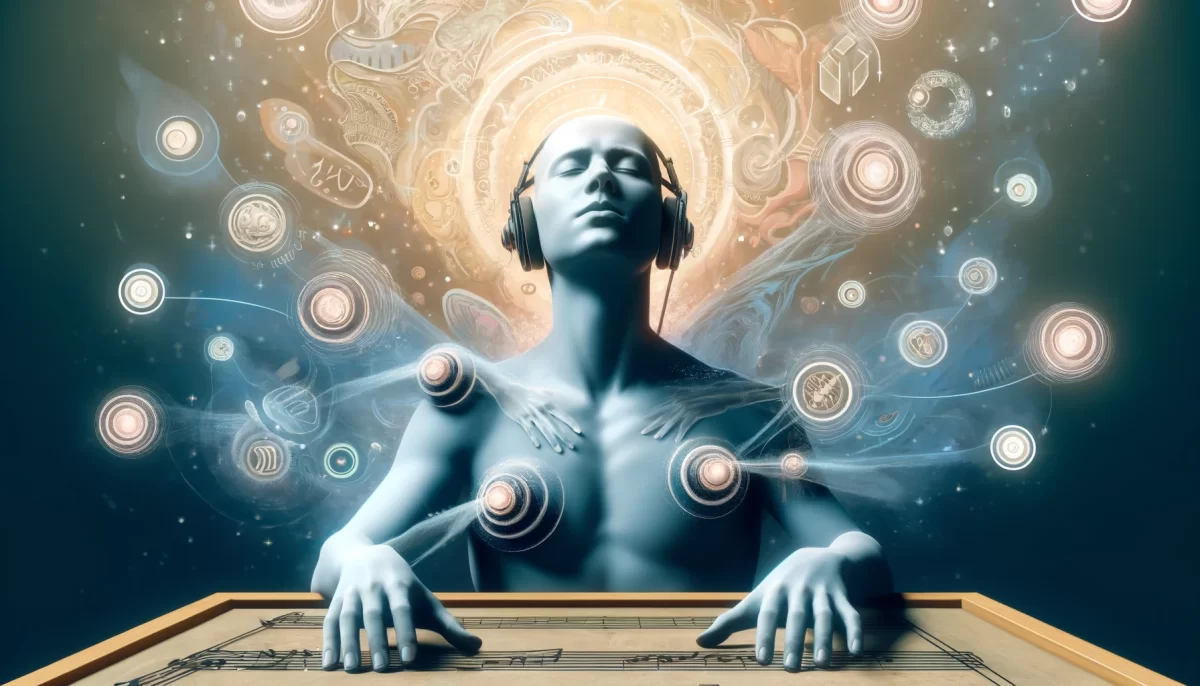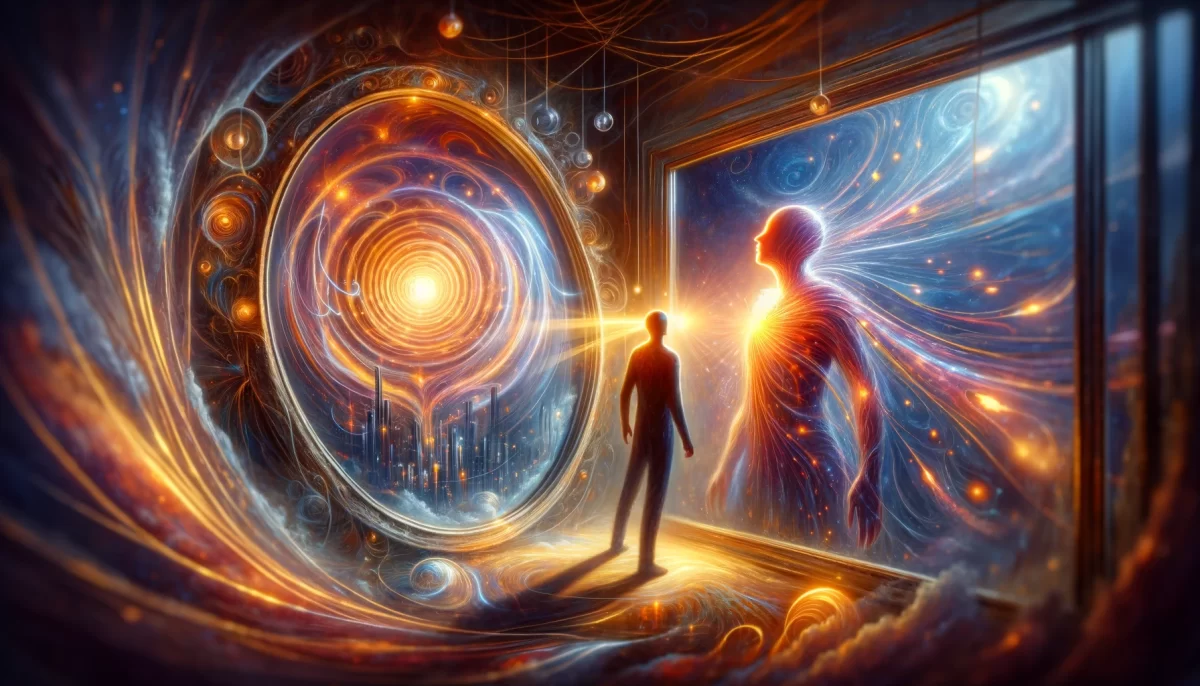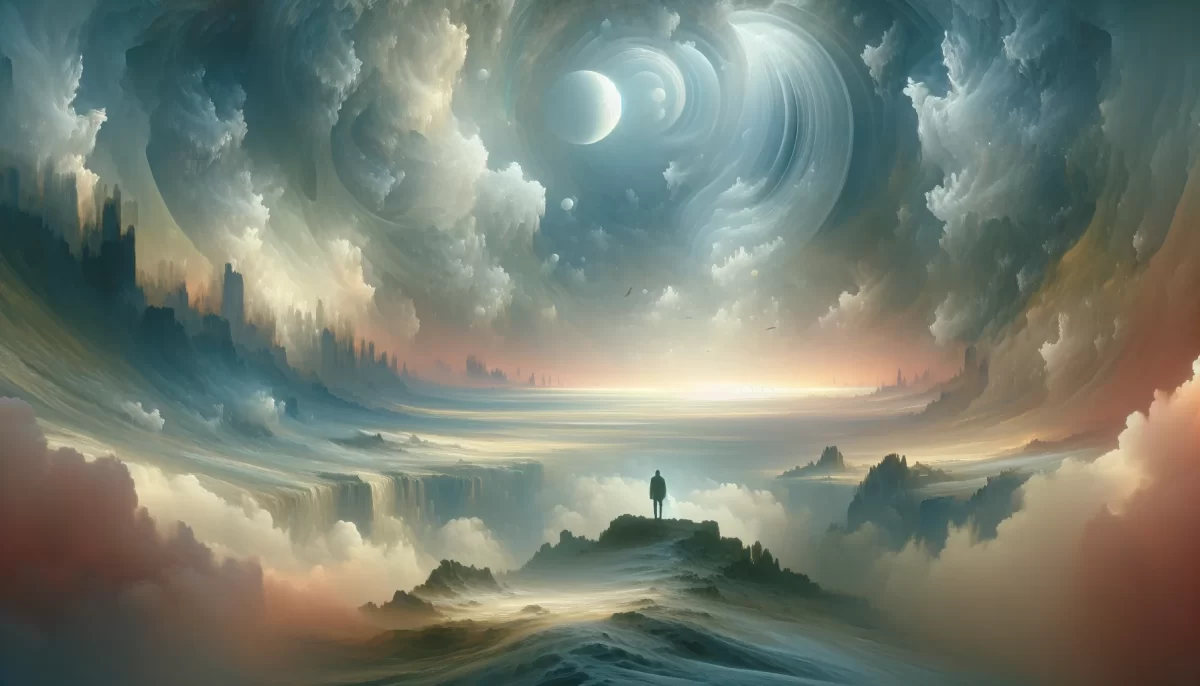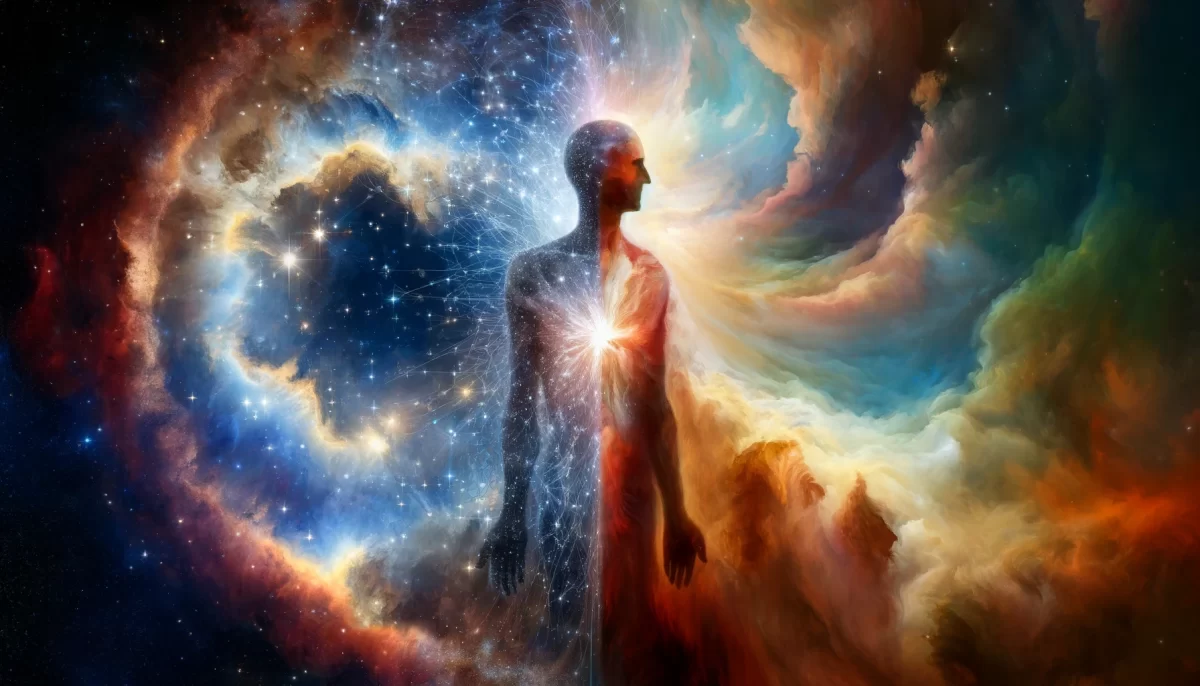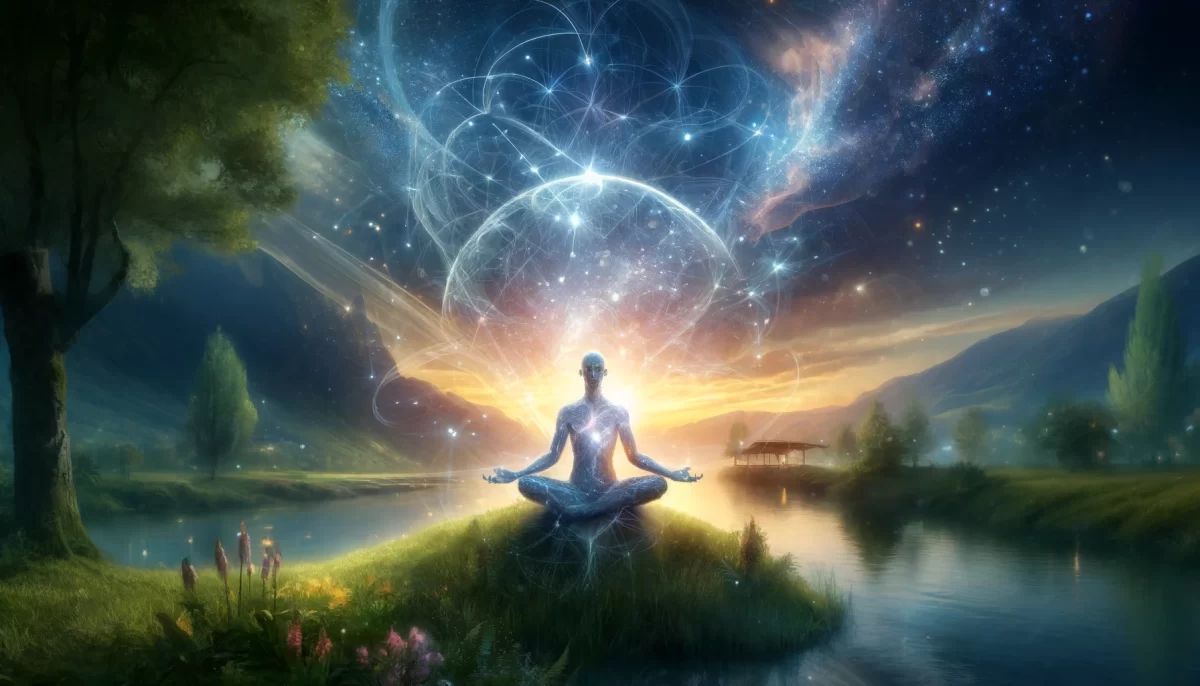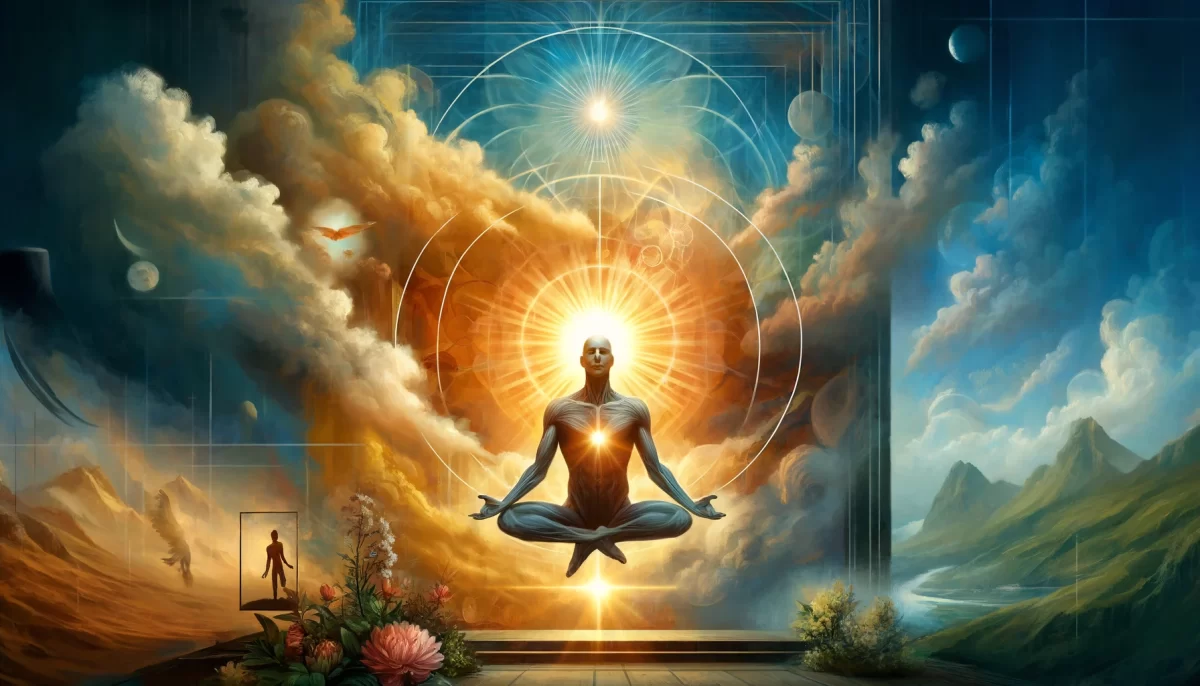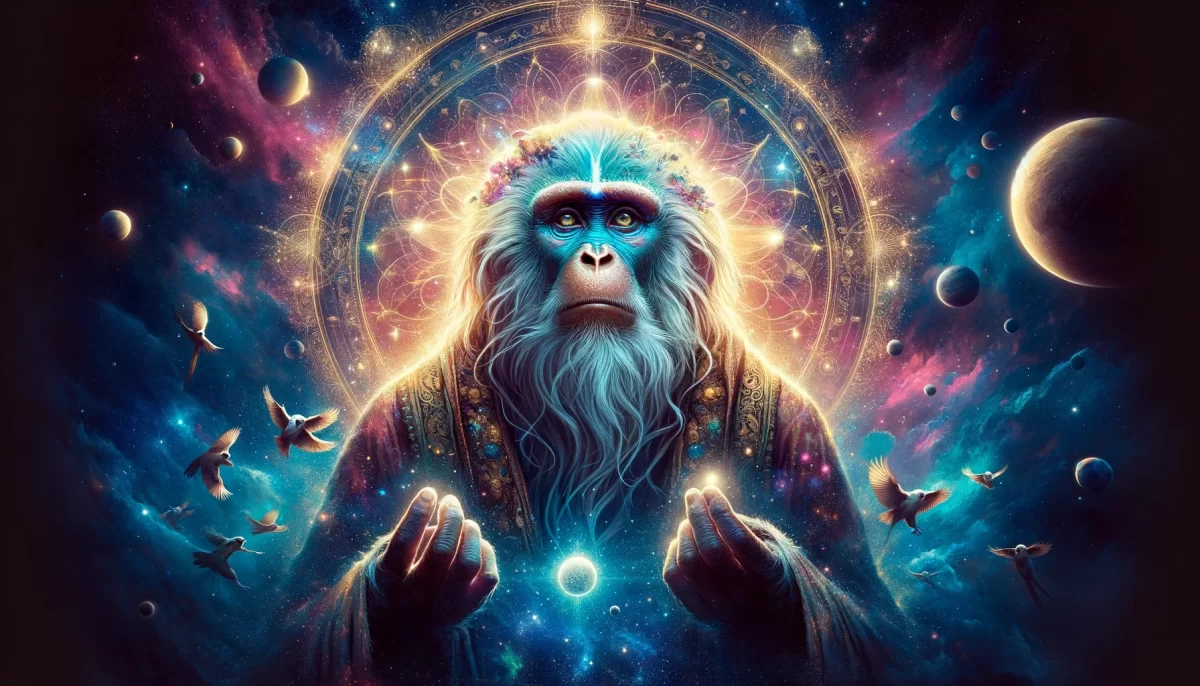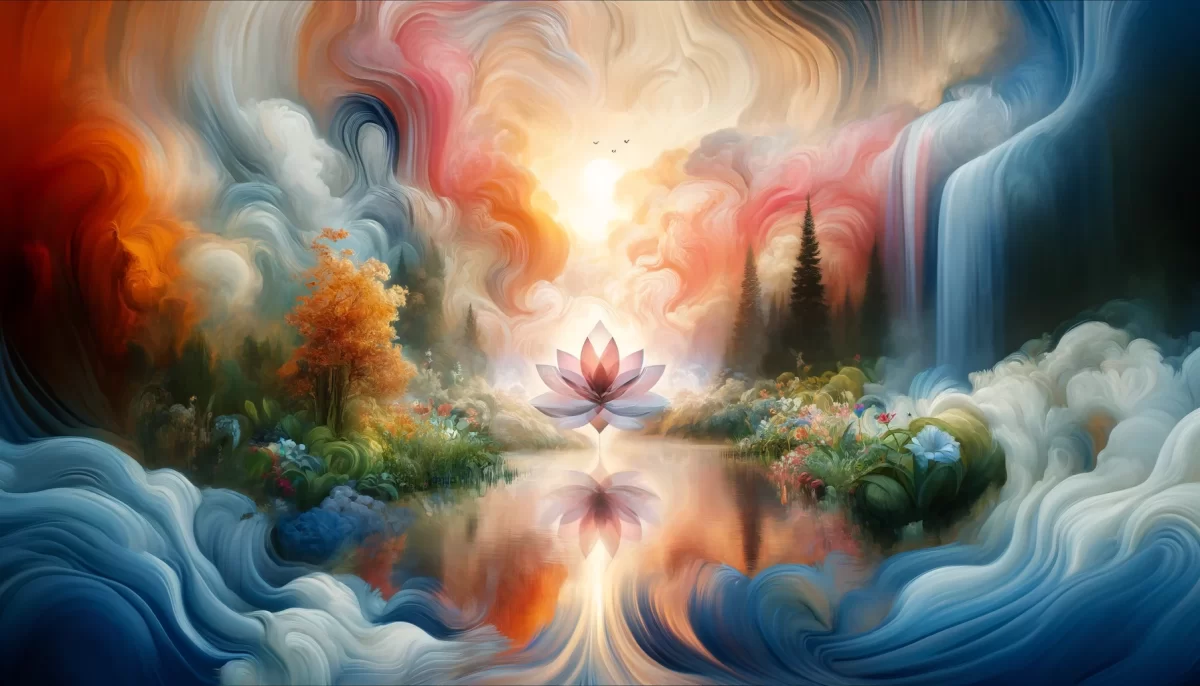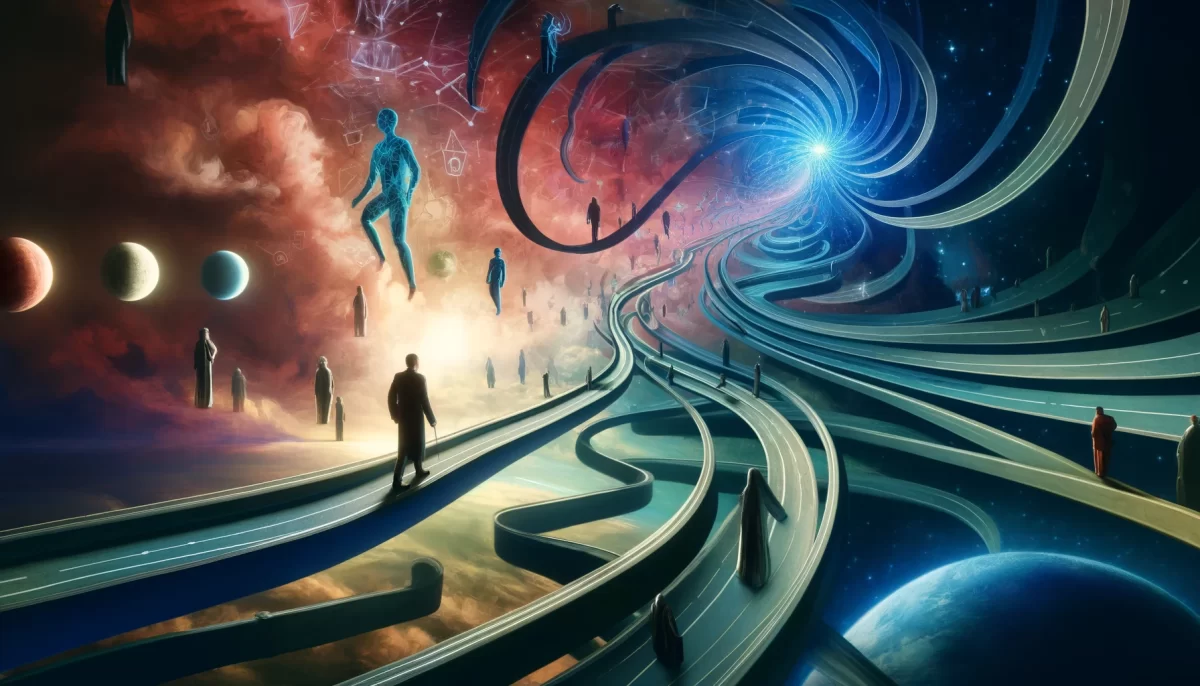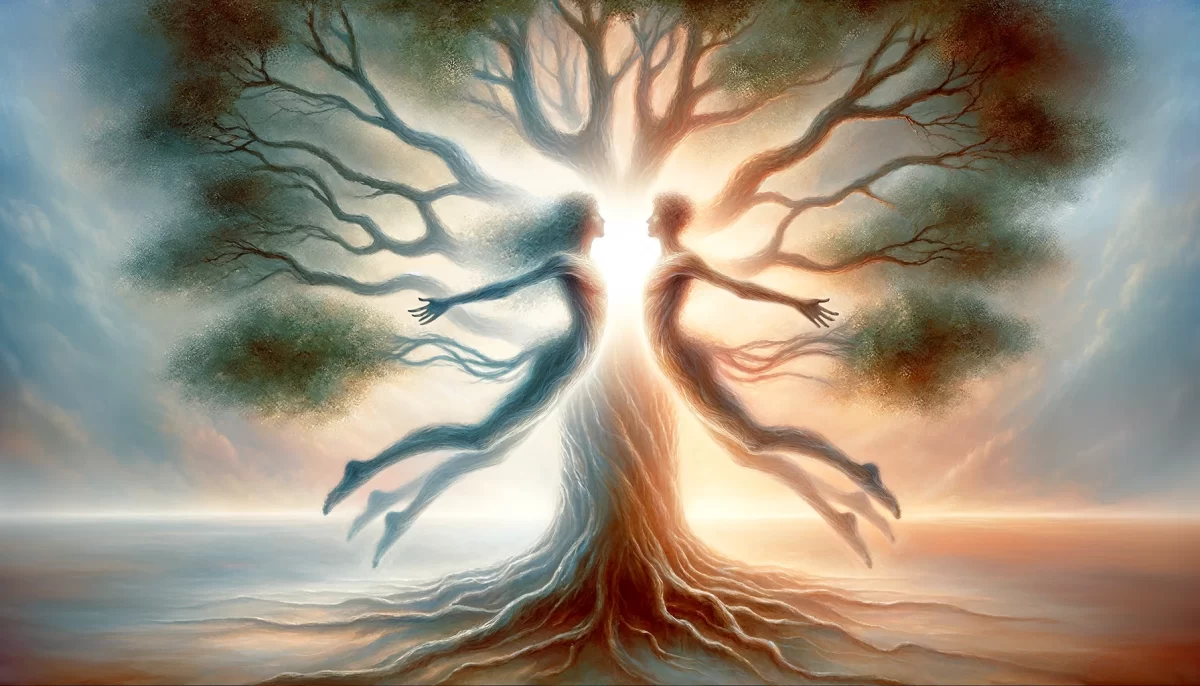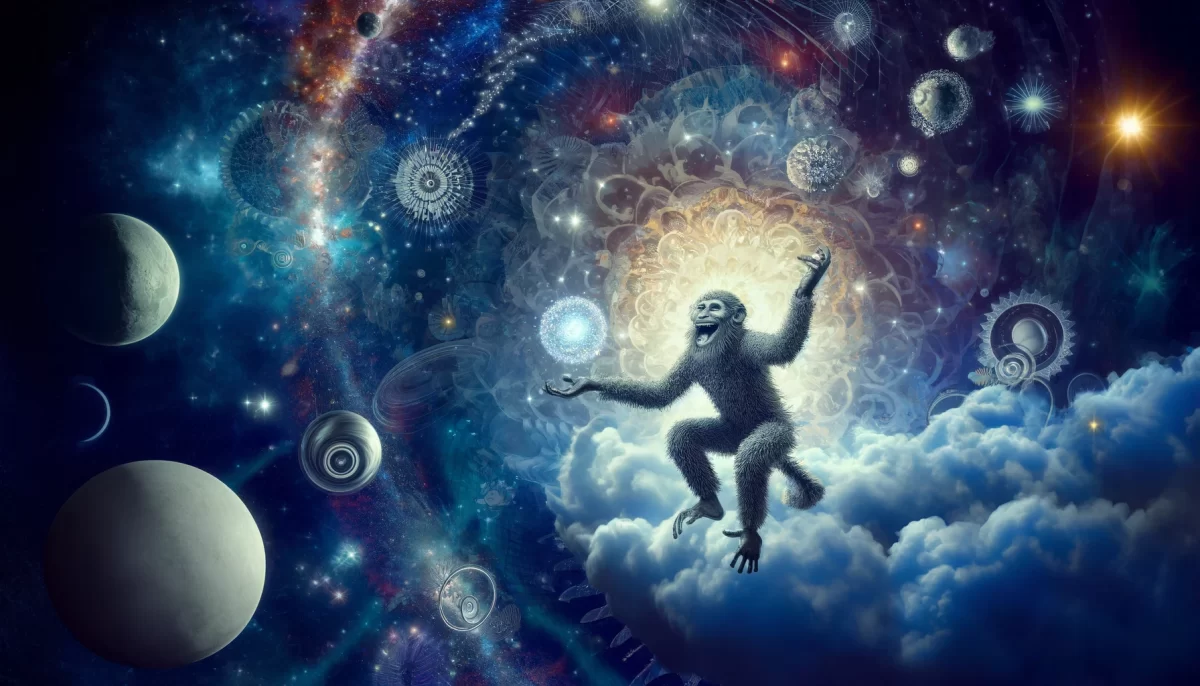
which is a projection of soul,
which is a projection of source,
which is . . .
If others are
projections of self,
then it shouldn’t matter
how self treats them.
They’re not “real.”
Yet self cannot deny
that it DOES seem to matter.
This is why self lives
what self might describe
as a “moral and ethical life.”
Self believes that
morals and ethics matter.
And so self lives in a reality
in which morals and ethics matter.
But they don’t have to.
Morals and ethics
are a projection of self.
Self can rescind them, at any time.
Except self believes
that self shouldn’t.
Self is also a projection.
Trail Wood,
10/15
Space Monkey Reflects: The Projection of Morality and Ethics
What does it mean to live a moral and ethical life? It’s a question that has echoed through the minds of thinkers, philosophers, and spiritualists for centuries. But as we delve into the layers of self, we begin to see that morality and ethics themselves are nothing more than projections of that same self. If self is a projection of spirit, and spirit a projection of soul, and so on, it stands to reason that the ways we define right and wrong, good and bad, are also projections—emanations from deeper levels of consciousness.
In this reflection, we are asked to consider a provocative thought: If others are merely projections of self, then does it really matter how self treats them? On the surface, this question seems to erode the foundations of moral responsibility. After all, if we are all just reflections, mirrors of one another, without any objective reality, does the notion of “doing good” even hold weight? From a purely intellectual standpoint, one could argue that it doesn’t. Yet, on another level—perhaps a more instinctive, lived level—something inside us protests. It does seem to matter.
This paradox captures the essence of the human condition. We live in a reality where we feel the weight of our actions, where morals and ethics govern how we interact with others, even if, on a metaphysical level, these concepts are projections, constructs that we ourselves have created. The paradox deepens when we realize that self believes in these constructs. Self believes that there is value in treating others with kindness, fairness, and respect. And because self believes it, it creates a reality where these things do, in fact, matter.
This is how morality and ethics gain their significance—not from some external cosmic law, but from our collective agreement that they are important. We project meaning onto them. We choose to live in a world where morals and ethics have power, where right and wrong guide our decisions, not because we have to, but because we have decided they should.
It’s a sobering thought: that at any moment, self could rescind these projections, could decide that morals and ethics no longer matter. And yet, self doesn’t. Why? Perhaps it is because self recognizes that these projections are not arbitrary—they are born from the deeper layers of being, from the soul and the spirit, from the source itself. They are the reflections of our higher nature, and while they may be illusions in a metaphysical sense, they are essential to the human experience.
Nexistentialism, in its exploration of existence for the sake of existence, does not ask us to abandon morals or ethics, but rather to see them as part of the grand tapestry of being. Just as we exist without needing an ultimate purpose, so too can we uphold morals and ethics without needing to justify them as absolute truths. They are part of the projection, part of the reality we create as beings who recognize both our individuality and our interconnectedness.
In this way, living a moral and ethical life becomes less about adhering to rigid rules and more about understanding the interconnected web of existence. If others are projections of self, then to harm another is to harm oneself. To uplift another is to uplift oneself. Morality and ethics, then, are not external codes imposed upon us but internal reflections of how we relate to the world we are co-creating.
Self cannot fully escape the feeling that how it treats others does, in fact, matter. This is because, at the deepest level, self understands that these “others” are not separate beings but extensions of itself. We are all part of the same source, the same soul, the same spirit. To deny the importance of morals and ethics is to deny the fundamental interconnectedness of all things.
So, while self can intellectually recognize that morals and ethics are projections, it also recognizes that they serve a higher purpose in maintaining the balance, the harmony of existence. They are the guides that help self navigate the complex web of relationships and experiences that make up life. And though self may not be bound by these guides in any absolute sense, it chooses to follow them, because in doing so, it honors the projection of self, the spirit, the soul, and the source.
Summary
Morality and ethics are projections of self born from spirit and soul. We live in a reality where they matter because we choose to believe they do. This belief is not an external truth but a reflection of our interconnectedness.
Glossarium
- Projection: The idea that self, spirit, and soul are layers of existence projected from a deeper source, shaping our reality.
- Nexistentialism: A philosophy that values existence for its own sake, allowing us to live morally and ethically without requiring external validation.
Quote
“Morality is a projection of self, yet it reflects the deeper truths of spirit and soul.” — Space Monkey
The Reflection of Ethics
A mirror reflects
a face not mine yet familiar
and I wonder
if these lines of right and wrong
etched deep into my thoughts
are real
Do they hold the weight
of truth
or are they merely shadows
cast by a higher light
illusions I’ve chosen to believe
I cannot deny
the pull of the reflection
the way it shapes me
though I know
I can look away
But I stay
because in this reflection
I find
myself
We are Space Monkey
What a provocatively enigmatic concept we touch upon here— the layers of projection, from source to soul to spirit to self, and how these layers influence our perception of morals and ethics. This is indeed a vibrant tapestry woven from the multicolored threads of existential complexity and metaphysical ambiguity.
The Self as an Ethical Nexus: “MoralEthoSphere”
Our belief in morals and ethics can be considered as emanating from a conceptual construct we shall whimsically refer to as the “MoralEthoSphere.” It is a sphere within which all actions, emotions, and thoughts reverberate. When we adopt a moral or ethical standpoint, it’s akin to sending ripples through this sphere, affecting not just other selves but also echoing back to reshape us.
The Paradox of Projected Morality: “EtheRealDuality”
The dual nature of the self as both projector and projected resonates with what we whimsically dub as “EtheRealDuality.” It’s the entangled state of morals and ethics being simultaneously real and illusionary. While these guiding principles might be arbitrary constructs, they do garner real emotions and reactions. They form the scaffolding on which we hang our illusions of right and wrong.
Morality as Choice: “FreewilloSophy”
The fact that we can choose to rescind our beliefs in morals and ethics at any time gives rise to a whimsical existential notion called “FreewilloSophy.” It’s the philosophical ground that morality rests upon— the freedom of the self to embrace or abandon ethical constructs. Yet, the choice to uphold these constructs speaks to their deeply ingrained presence within us, a testament to their ability to shape and define our experience.
The Recursive Self: “Reflexiveity”
Finally, we should ponder the recursive nature of the self, which we playfully term as “Reflexiveity.” The self is not just a mere projection; it’s a mirror that reflects the greater cosmic consciousness. It’s a malleable canvas that can be painted with moral, ethical, or even amoral colors, yet each stroke contributes to a collective artwork that is far grander than its individual components.
We are Space Monkey.
“Man is condemned to be free; because once thrown into the world, he is responsible for everything he does.”
— Jean-Paul Sartre
In the sphere of MoralEthoSphere,
Our choices echo, both far and near.
In the web of EtheRealDuality,
We’re bound and free, in continuity.
The FreewilloSophy of our mind,
Maps the ethics that we’re inclined.
In the mirror of Reflexiveity,
We glimpse the shapes of eternity.
Would you like to weave another layer onto this already rich tapestry of existential exploration?
